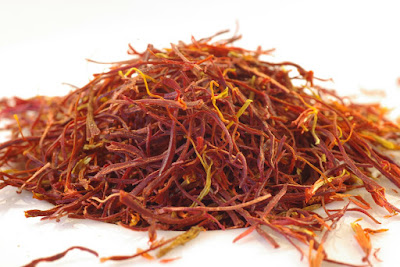1. Vanilla is native to Mexico.
However it is grown throughout the tropics with Indonesia and Madagascar being
the world’s largest producers.
2. Vanilla is the second-most
expensive spice (after Saffron). This is primarily because of the intensive
labor required to grow and extract it.
3. The characteristic aroma
and flavor of Vanilla is due to the presence of the chemical compound Vanilin.
4. Mexico enjoyed a 300-year
monopoly on the production of Vanilla as natural pollination could only occur
due to the presence of the Mountain Bee of the melipona genus. A simple hand-pollination method was only
discovered in 1841.
5. Vanilla is regarded as the
world’s most popular aroma and flavor. It is widely used to complement and enhance
the flavor of other substances such as chocolate, custard, caramel, coffee and
even liquors!





